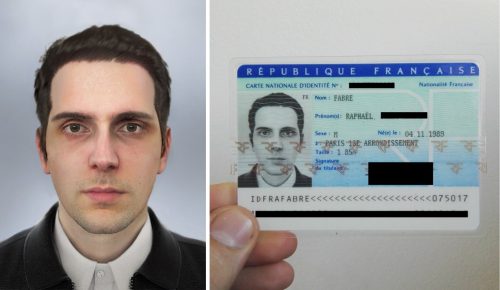Location: THE SHIP INN BAR/RESTAURANT
Month: June 2017
Why So Many Top Hackers Hail from Russia
Brian Krebs has an interesting post on “Why so many top hackers hail from Russia“:
Conventional wisdom says one reason so many hackers seem to hail from Russia and parts of the former Soviet Union is that these countries have traditionally placed a much greater emphasis than educational institutions in the West on teaching information technology in middle and high schools, and yet they lack a Silicon Valley-like pipeline to help talented IT experts channel their skills into high-paying jobs. This post explores the first part of that assumption by examining a breadth of open-source data.
Overall, not very surprising, but the details and references are interesting. It seems a lot has changed since I graduated (back in 1995).
Via Slashdot, which also has some insightful comments.
Platres sky
How real is real? Or is it all fake?
Jason Kottke blog links to an interesting article about a guy submitting a fake, as in computer generated, image and getting his real French ID card.
The photo I submitted for this request is actually a 3D model created on a computer, by means of several different software and techniques used for special effects in movies and in the video game industry. It is a digital image, where the body is absent, the result of an artificial process.
The image corresponds to the official demands for an ID: it is resembling, is recent, and answers all the criteria of framing, light, bottom and contrasts to be observed.
The document validating my french identity in the most official way thus presents today an image of me which is practically virtual, a version of video game, fiction.
The article also links to a different image study, done by, supposedly, Google Street View camera, and then, possibly, manipulated in Photoshop.
I’ve been involved with some regulated industries (like Forex) which require proof of identity and residence, all submitted digitally (via email or web form file upload). There’s always a fair amount of obviously fake images sent in. But the above two stories beg a question of where does one draw a line. With the recent technological advances and an increasing reliance on digital ways, how can anybody reliably validate an image as fake or real?
I don’t have an answer, but I think the only way here is to fight fire with fire. As in use technology to do image analysis, rather than an untrained human eye. Are there well known or well established tools that can do the job? Not sure about well known or established, but at least some tools do exist.
Phinx joins CakePHP!
These are some really good news – Phinx joins CakePHP family! If you are from a different technology stack and not familiar with these, Phinx is an excellent database migrations tool, which has been used by CakePHP framework for a while now. The two worked great together. Now that they are under the same roof, I’m expecting even more goodies!
We are very excited to announce that Phinx has joined the CakePHP team. The Github project has already been moved to the CakePHP organisation. The project itself will stay MIT-licensed but be gradually transformed into a Cake Software Foundation project. Other great news is that the current way to install and update Phinx remains unchanged.
As you are aware, CakePHP has been using Phinx since 3.0.0 for database migrations. The CakePHP Core team welcomes the opportunity to look after and maintain the project and will now start making changes to bring the code in line with the CakePHP (our) coding standards. As well as cleaning up issues and PR’s soon. We will be following up with our plans for the code and setting roadmaps in the coming weeks.
We welcome Phinx to the CakePHP family and hope to see Rob Morgan, Richard Quadling, Woody Gilk around!


